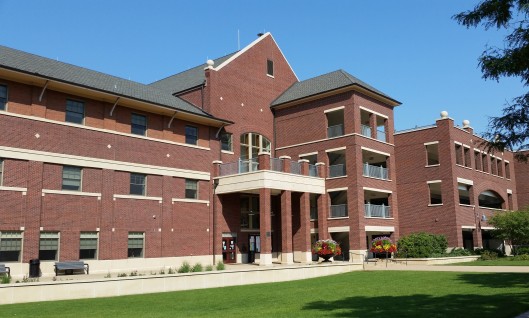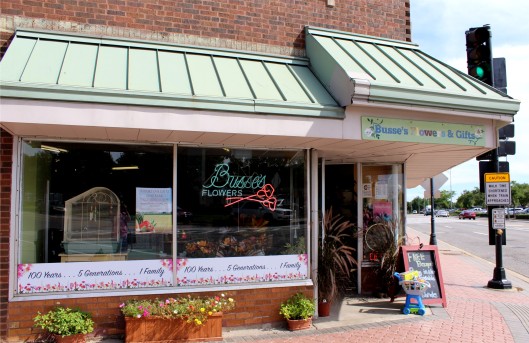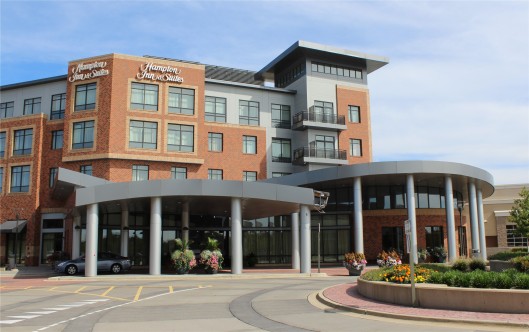As you will probably have gathered by now, I don’t do much in the way of photography during the winter months. Instead, I like to write and continue with my research on our family’s history. For the most part, the people whose names appear on our family tree lived quiet, unremarkable lives but every once in a while I come across a story that catches my imagination. What follows is the first of what may well turn out to be a series of Tales from the Tree.
My grandfather’s aunt, Mary Ann, was born in 1855 in Sussex, England. She was one of at least 12 children born to Moses and Johanna and was no stranger to poverty. The family were probably travelers, moving about the countryside in Sussex, Surrey and Kent and ending up in London’s East End.
Moses made his living as a basket maker (the irony of the name and type of work is not lost on me.) It was an occupation handed down from father to son. Mary Ann had also learned this skill along with her elder brother, but it was obviously not enough to sustain such a large family.
In 1868, at the age of 13, Mary Ann was forced to find shelter at one of London’s infamous workhouses with 5 of her younger siblings. The reason given for their admission was that they had been deserted by their father.
St George’s Workhouse in Mint Street, Southwark was the subject of a scathing article in the medical journal, The Lancet, just three years previously. The conditions there were appalling. At best they could be described as insanitary and inhumane and it was little wonder that there were those who would rather take their own life than be reduced to living in such circumstances.
Thankfully, Mary Ann was discharged from the workhouse the next day and sent to the parish-run Mitcham Industrial School. We don’t know how long she stayed there, but by April 1871 the family, including the father, were back together again and living in Deptford.
This reunion did not last long, however, for in July 1871, Johanna and her family were destitute and were admitted to the Greenwich Workhouse. They were discharged later next month and at some point, between 1871 and 1875 the family found themselves living in George Yard, Whitechapel.
Having struggled to keep the family together for so many years, Mary Ann’s mother eventually died of bronchitis in 1875. Being the eldest daughter, Mary Ann undoubtedly shouldered much of the burden of taking care of her siblings. Nevertheless, the day after Johanna’s death, she went ahead with her plan to marry a young man who was also a resident of George Yard. There was little time or room for sentiment or grief in those days, and Mary Ann had no doubt learned to grab at any opportunity for happiness.
It is not known for sure whether Mary Ann continued to care for her brothers and sisters once she was married, but I suspect that she did. One sister had already married and moved to another part of Whitechapel. Her older brother married in 1876 and continued to live in George Yard until his death in 1878. Her sister, Fanny, married in 1877, had also remained in George Yard.
In 1881, the census showed that Mary Ann’s father was living in George Yard with two of her younger brothers. Her sister Fanny had also remained there with her family.
Mary Ann had already given birth to 3 children while living in George Yard but sadly the youngest, a daughter named Johanna born in 1881, died 2 years later.
On August 7, 1888 the body of Martha Tabram was discovered on the landing above the first flight of stairs in George Yard Buildings. She had been stabbed 39 times. Many people think that Tabram was the first victim of a person who was soon to become known as Whitechapel’s most notorious killer, Jack the Ripper.
Imagine living in this squalid and overcrowded tenement building, once described as nothing more than a brothel inhabited by vicious, criminal types. How did Mary Ann go about her life with the thought of the Ripper lurking in the streets and alleyways that she must have traversed daily? All the Ripper’s victims were found in Whitechapel and no one knew when or where he would strike next.
A group of concerned citizens, possibly including Mary Ann’s husband, volunteered to form the Whitechapel Vigilance Committee who patrolled the streets of Whitechapel looking for any kind of suspicious activity. Confidence in the ability of the police to find the culprit was at an absolute low.
Mary Ann was still living in George Yard by the time of the 1891 census and stories of the Ripper remained fresh in everyone’s minds. Although it is now believed that the Ripper’s last victim was killed in November 1888, there were several women who were attacked in an equally gruesome manner in Whitechapel in the months leading up to February 1891, so the inhabitants of George Yard remained on their guard.
The police surgeon at the time, Thomas Bond, opposed the idea that the killer had any kind of medical or scientific knowledge. In his opinion, Jack the Ripper was a man of solitary habits, prone to periodical bouts of homicidal and erotic mania.
Despite numerous suspects, all of whom were eventually dismissed by the police, the Ripper remained at large. As far as the residents of George Yard were concerned, it could have been anyone. Had Mary Ann brushed past him in the street or encountered him as she visited one of the shops or pubs in Whitechapel? Was he a neighbor or even an acquaintance. As we now know, the Ripper was never caught and his identity remains a mystery.
It was at about this time in July 1891 that Mary Ann had the harrowing experience of witnessing one of her younger brothers being committed to Fisherton House Asylum where he stayed for the next 12 months. He was later transferred to Banstead Asylum where he spent the final 24 years of his life. We don’t know the nature of his illness or whether his insanity caused him to be aggressive but, if so, it must have been terrifying for the family at a time when anyone predisposed to violence became the subject of intense scrutiny.
Tragedy would again strike Mary Ann’s family while they were living in Whitechapel when In 1896, her eldest son died at age 20.
As far as we are aware, Mary Ann was the last person in the family to live in George Yard. When I look back on the kind of life that she had, I can’t even begin to imagine how she endured all those hardships. Ever since researching her history, her strength and courage have become a source of inspiration to me. It serves to remind me how truly blessed I am to have the kind of life that Mary Ann could only have dreamed of.































 After a busy day exploring it’s time to head over to Oakbrook Center for something to eat. Oakbrook is an upscale shopping mall that opened in 1962, although many big-name stores have come and gone since then. Thank goodness The Cheesecake Factory is still there!
After a busy day exploring it’s time to head over to Oakbrook Center for something to eat. Oakbrook is an upscale shopping mall that opened in 1962, although many big-name stores have come and gone since then. Thank goodness The Cheesecake Factory is still there!

 The Schultz Building originally occupied the corner of Aurora Avenue and Webster Street in the 1920’s and 30’s and served as a combination of filling station, grocery store and restaurant.
The Schultz Building originally occupied the corner of Aurora Avenue and Webster Street in the 1920’s and 30’s and served as a combination of filling station, grocery store and restaurant.










 Moser Tower and the Millennium Carillon stands 158ft tall with 253 steps and 72 bells the largest of which weighs 6 tons.
Moser Tower and the Millennium Carillon stands 158ft tall with 253 steps and 72 bells the largest of which weighs 6 tons.





































